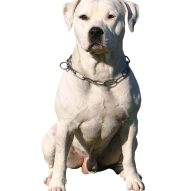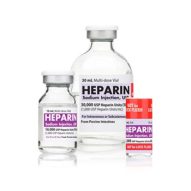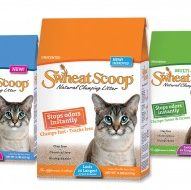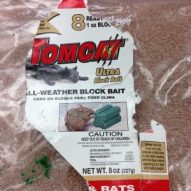What breeds of dog shed a lot? | Dr. Justine Lee
A great blog for future, perspective dog owners! Don’t want to buy a Roomba to clean up after you? Make sure to review this list of the lightest and heaviest dog shedders out there! Thanks to VetStreet for this great information! Heaviest Shedders Alaskan Husky Alaskan Malamute Labrador Retriever German Shepherd Dog Golden Retriever Siberian Husky Akita Chow Chow Great Pyrenees Saint Bernard Lightest Shedders Poodle Bichon Frise Toy Poodle Chinese...
Read MoreHospira recall on heparin | Dr. Justine Lee
FOR IMMEDIATE RELEASE – Sept. 11, 2014 – LAKE FOREST, Ill., – Hospira, Inc. (NYSE: HSP), announced today it is initiating a voluntary nationwide user-level recall of one lot of Heparin Sodium, 1,000 USP Heparin Units/500 mL (2 USP Heparin Units/mL), in 0.9% Sodium Chloride Injection, 500 mL, NDC 0409-7620-03 Lot 41-046-JT with expiration date of 01NOV 2015. This action is due to one confirmed customer report of particulate in a single unit. The foreign particle was confirmed...
Read MoreSwheatScoop: The Cat’s Meow: Excited to join the feline expert team!
Excited to join SwheatScoop’s feline expert team! As an eco-friendly, crunchy (some same granola), Earth-hugging veterinarian, I’m a huge advocate of protecting our pets and our environment at the same time. You can check out the introduction...
Read MoreCyanosis in Dogs and Cats
What is cyanosis? Cyanosis is a bluish to red-purple tinge of the tissues, seen best in the gums and skin, and typically accompanying respiratory distress (i.e., difficulty breathing). When cyanosis is seen in dogs and cats, it’s an indicator of a severe lack of oxygen in the blood (called hypoxemia). It typically means that hemoglobin in the red blood cells doesn’t have enough oxygen or isn’t able to carry oxygen at all. Cyanosis can be classified...
Read MoreMouse and rat poisoning in dogs | Dr. Justine Lee
As the weather gets colder, mice and rats start seeking shelter in warm locations… in other words, your house! Unfortunately, the start of autumn means the start of mouse and rat poisoning, putting your dog or cat at risk. In today’s blog, we’ll talk about the 4 different types of active ingredients found in these mouse and rat poisons. These poisons all work (and kill) in different ways, so pay heed! While the most common type of mouse poison (e.g., brodifacoum, bromadiolone, etc.) often...
Read More




Recent Comments